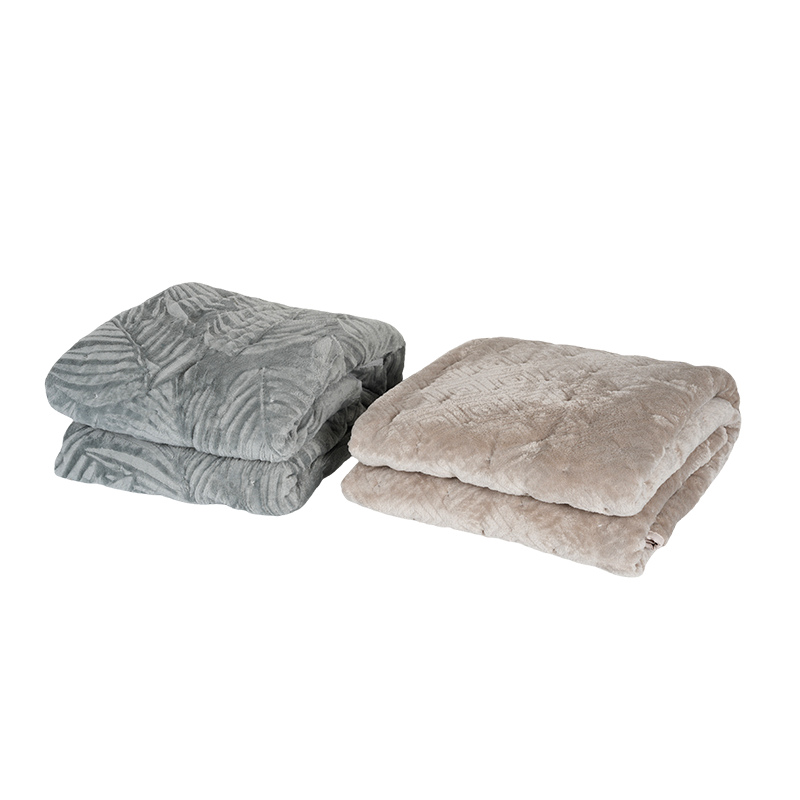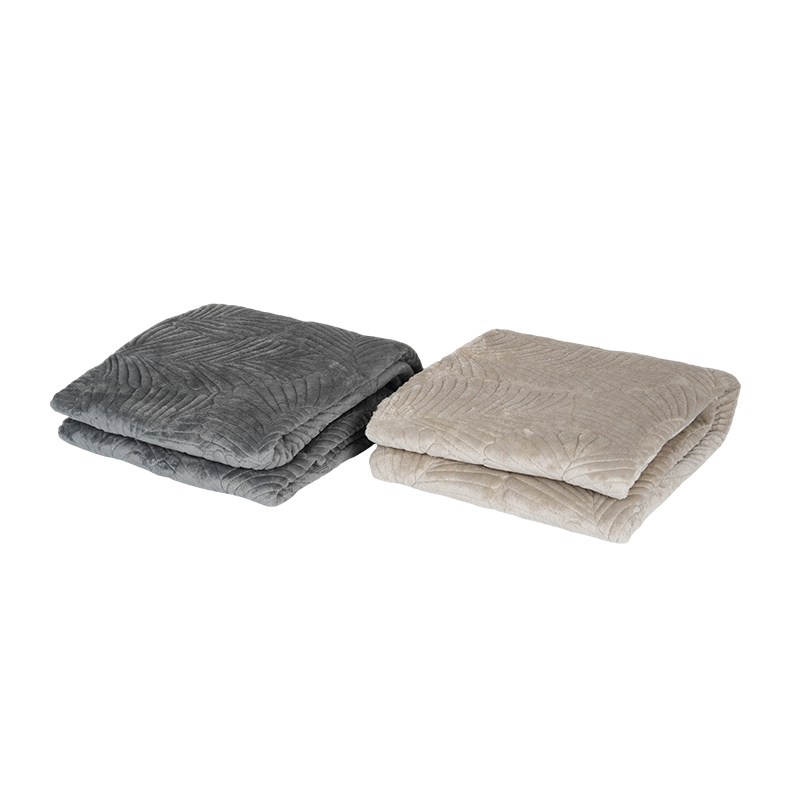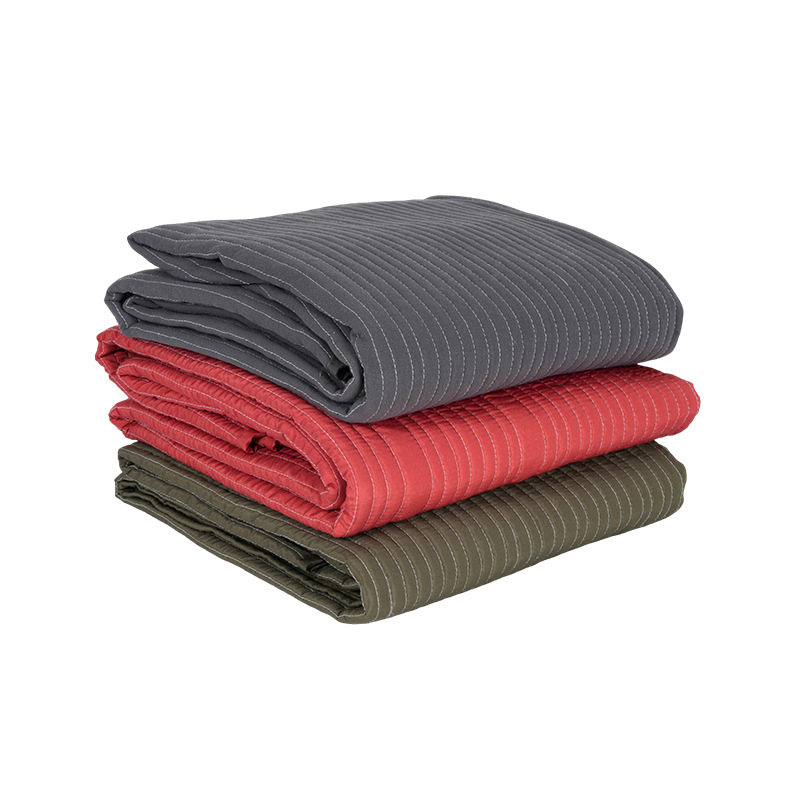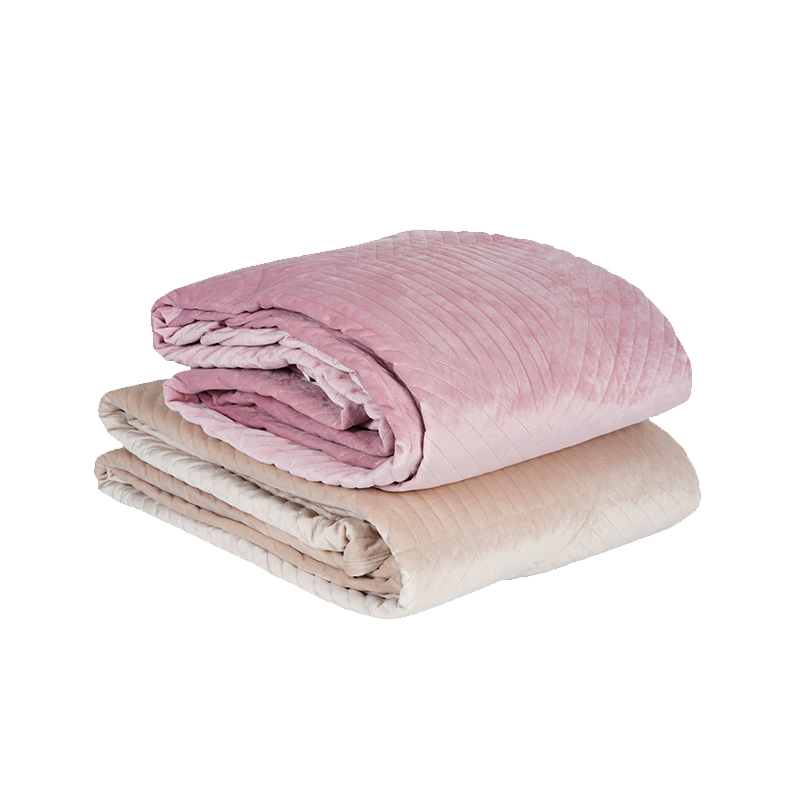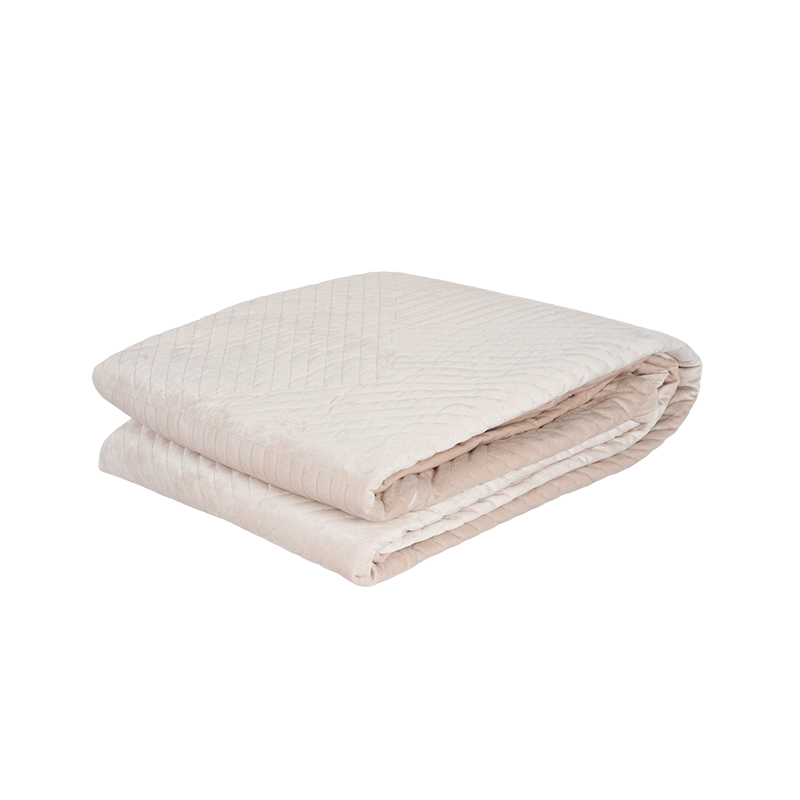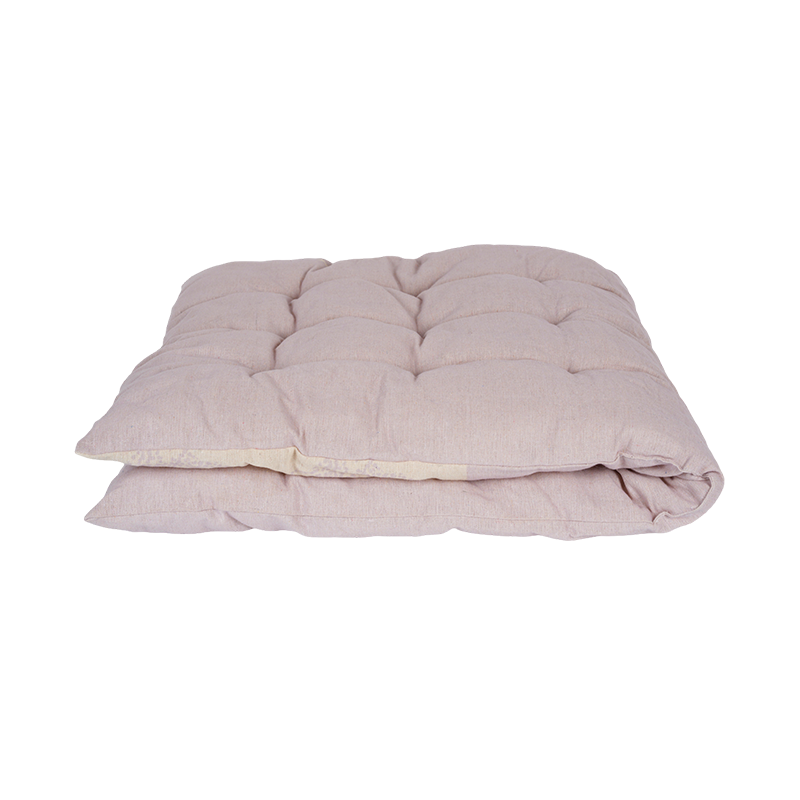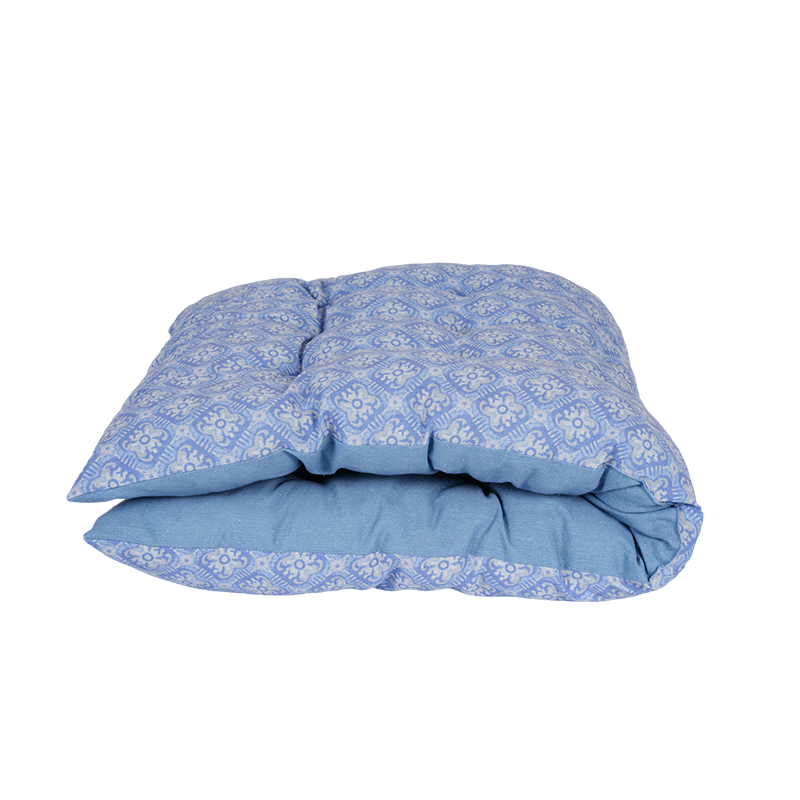- Type:
- Industry News
- Date
- 2025-Jun-09
From Fabric to Comfort: 22 x 22 Throw Pillow
Throw pillows may seem like small details in home decor, but their presence significantly shapes the comfort and visual atmosphere of a space. Among them, the 22 x 22 throw pillow stands out for its balanced size—large enough to offer support, yet compact enough to remain versatile. Similarly, the big soft chenille throw pillow has gained attention for its plush texture and cozy appearance.
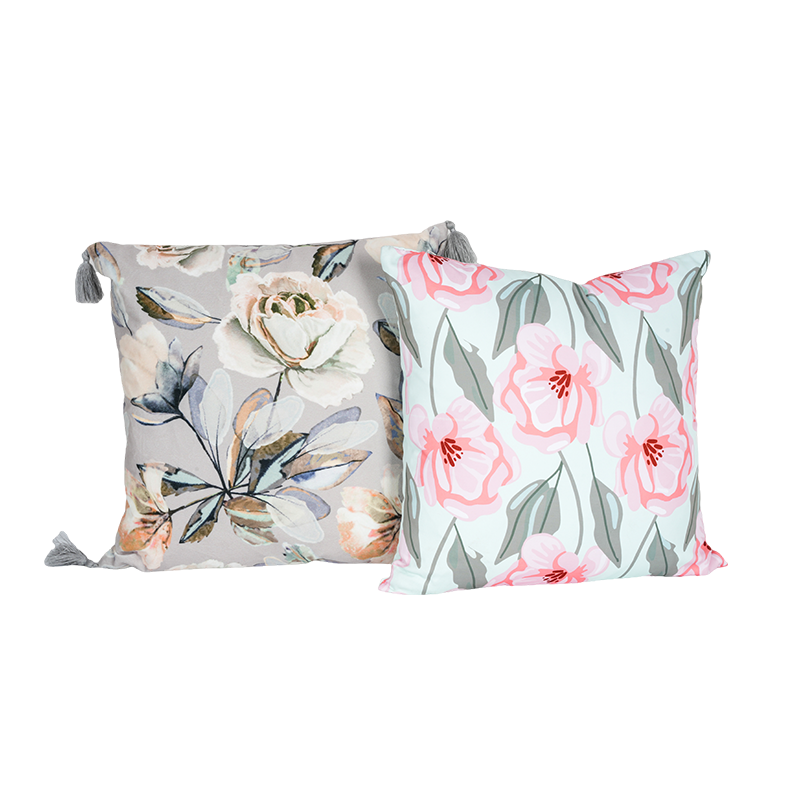
The making of a 22 x 22 throw pillow involves a series of practical and quality-focused steps. From fabric selection to final stitching, every phase is designed to balance aesthetics, durability, and user comfort.
1. Fabric Selection and Cutting:
The process begins with choosing the outer fabric. Depending on the style and intended use, options may include cotton, velvet, linen, polyester blends, or performance materials for higher durability. Once chosen, the fabric is measured and cut into 23 x 23-inch squares (an extra inch on each side) to allow for seam allowance. This ensures that after sewing and filling, the finished dimensions are true to size.
2. Sewing and Construction:
The fabric panels are then sewn together, typically with an invisible zipper or envelope-style closure, allowing for the insert to be added or removed. Stitching needs to be precise to maintain symmetry, especially with patterns or textured fabrics.
3. Insert Preparation:
The insert—the part that gives the pillow its shape and comfort—is usually filled with polyester fiberfill, down feathers, or a combination of both. For 22 x 22 pillow covers, a slightly larger 24 x 24 insert is commonly used to ensure fullness and a plump appearance once inside the case.
4. Quality Control and Finishing:
After assembly, the pillow is inspected for flaws such as loose threads, uneven seams, or irregular stuffing. Once approved, it is packaged and prepared for distribution.
This seemingly simple process reflects a careful coordination of materials, measurement, and attention to finish, ensuring that the final product is both visually appealing and comfortable to use.
The chenille throw pillow, known for its rich texture and soft touch, has a history that ties craftsmanship with comfort. The word chenille—French for “caterpillar”—aptly describes the yarn's fuzzy appearance. While the modern chenille fabric gained prominence in the 20th century, its development spans multiple countries and textile traditions.
Chenille's Textile Roots:
Chenille yarns became popular in the 18th and 19th centuries, particularly in Europe. Scottish weavers were among the to develop a technique that involved weaving fabric, cutting it into strips, and then re-spinning those strips to create a tufted yarn. This method resulted in a uniquely soft and velvety texture that was initially used in garments and upholstery.
Expansion Into Home decor:
By the early to mid-20th century, chenille began to be widely used in home textiles, particularly in the southern United States, where it became a hallmark of bedspreads and decorative throws. Its tactile appeal made it a favorite for items that emphasized comfort and a cozy visual presence.
Contemporary Popularity:
In today's design landscape, big soft chenille throw pillows blend vintage charm with modern styling. They come in a variety of colors, from muted neutrals to jewel tones, and are often used to soften contemporary interiors or warm up minimalist settings. The larger size contributes not only to visual impact but also to usability—these pillows provide generous support for lounging, reading, or resting.
The appeal of chenille lies in its combination of softness, durability, and visual depth. Unlike smooth weaves, chenille's tufted surface catches light in a way that adds dimension, making even solid colors feel rich and layered.


 English
English
 English
English Español
Español